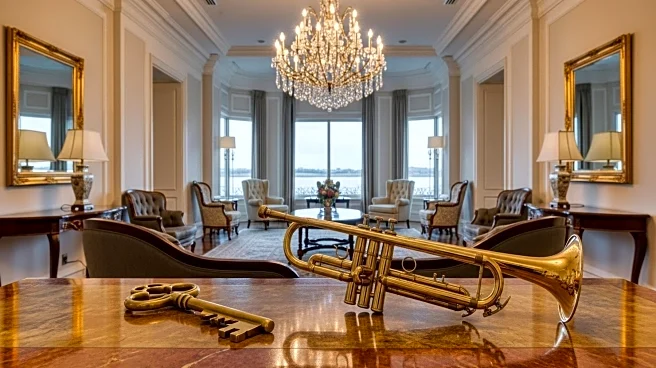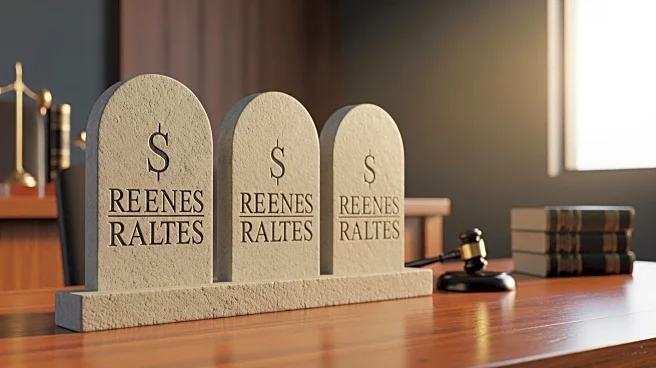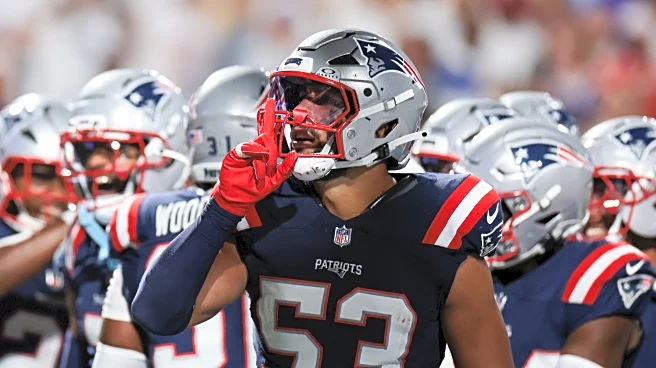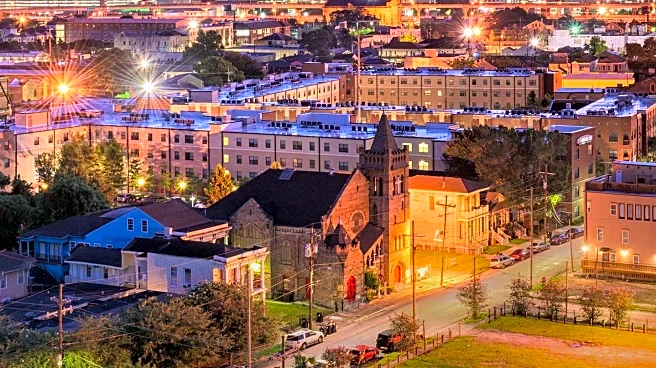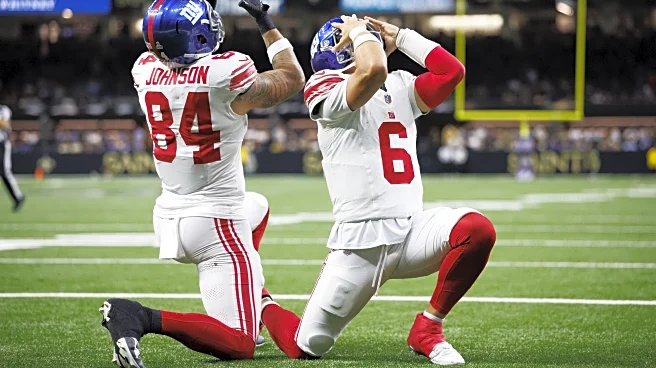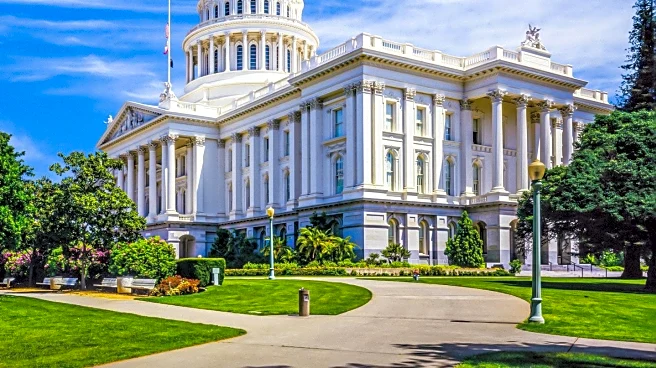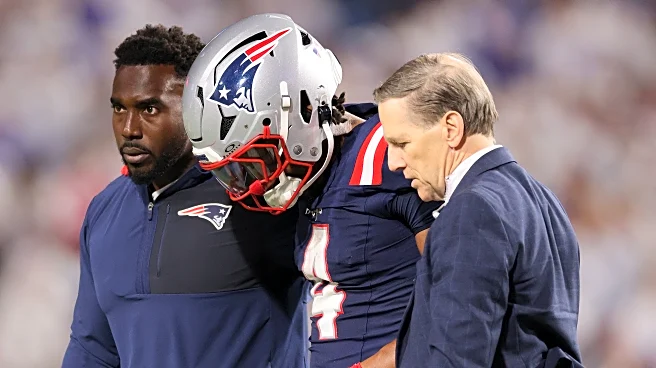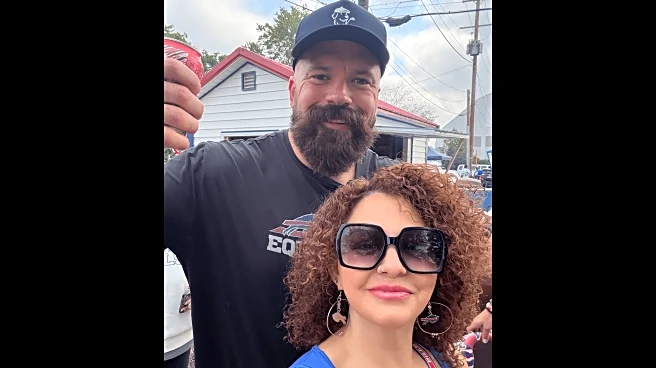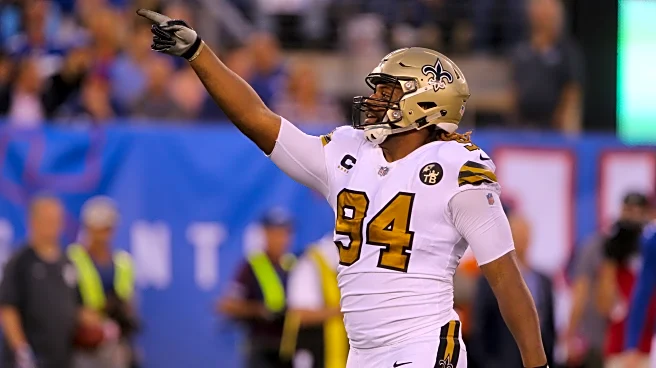What's Happening?
In New Orleans, funerals have evolved into vibrant street parties, largely due to the influence of brass bands. This tradition, rooted in West African and Caribbean cultures, has become a hallmark of the city's cultural identity. The 'second line' parades, which follow the musicians, are a public display of grief that transitions into a celebration of life. The Dirty Dozen Brass Band, formed in 1972, is one of the most famous groups, having toured globally and collaborated with renowned artists. These parades are not limited to funerals but also mark weddings and other significant events, showcasing the integral role of music in New Orleans' social fabric.
Why It's Important?
The transformation of funerals into celebratory parades highlights the unique cultural landscape of New Orleans, where music serves as a communal language that unites people in both mourning and joy. This tradition underscores the resilience and creativity of the city's residents, particularly in the aftermath of challenges like Hurricane Katrina. The brass bands not only preserve historical musical styles but also adapt to contemporary influences, ensuring their relevance and appeal across generations. This cultural phenomenon supports local musicians and contributes to the city's tourism industry, drawing visitors eager to experience its vibrant street life.
What's Next?
As New Orleans continues to embrace its musical heritage, the role of brass bands is likely to expand further. Efforts to support musicians, such as fair compensation and opportunities for performance, are crucial for sustaining this tradition. Additionally, the inclusion of more female musicians in brass bands, as seen with groups like The Original Pinettes, may inspire greater diversity within the genre. The ongoing evolution of second line parades and their integration into various social events will continue to shape the cultural identity of New Orleans, reinforcing its status as a city where music is a vital part of everyday life.
Beyond the Headlines
The brass band tradition in New Orleans also raises important discussions about cultural preservation and the challenges faced by musicians in maintaining their craft. The physical demands of performing in parades, coupled with economic pressures, highlight the need for systemic support for artists. Furthermore, the tradition's roots in African and Caribbean cultures emphasize the city's historical connections to these regions, offering a lens through which to explore broader themes of cultural exchange and adaptation. As New Orleans navigates its future, the brass band tradition will likely remain a key element of its cultural narrative.

